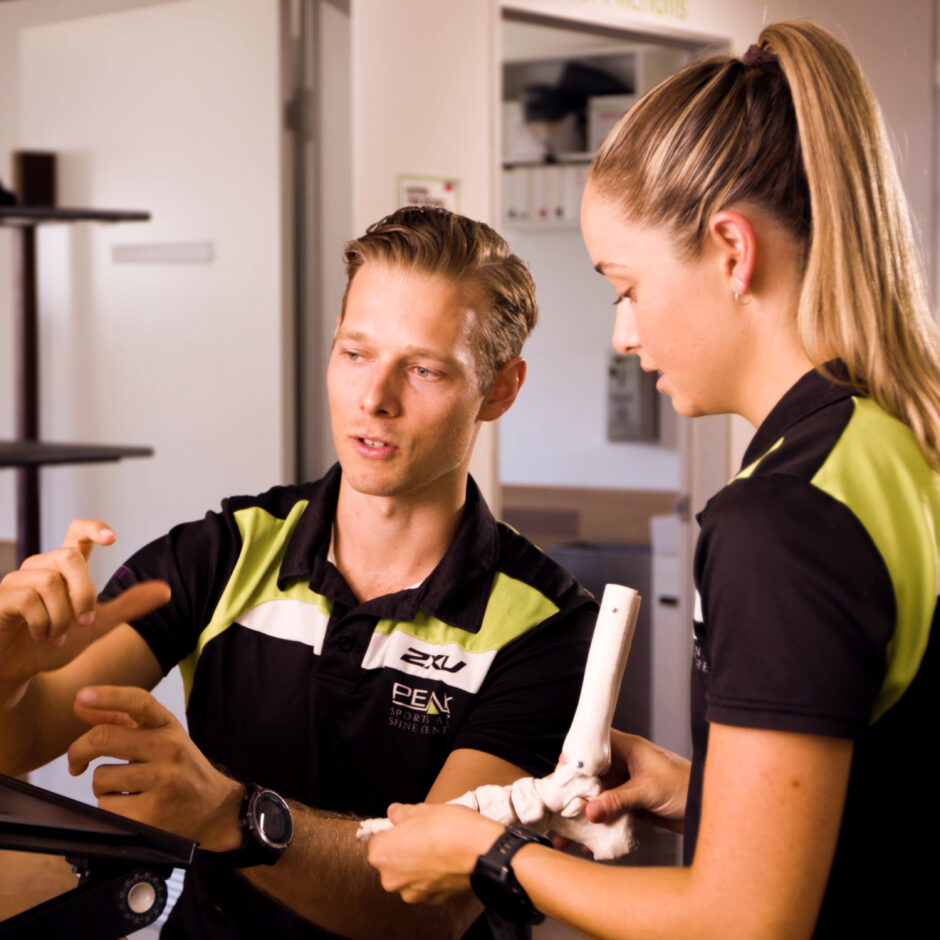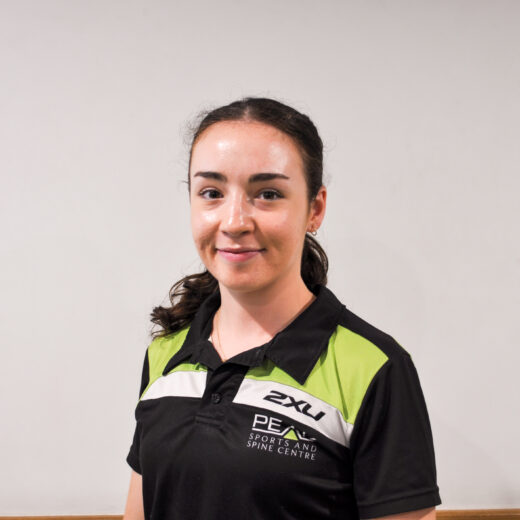
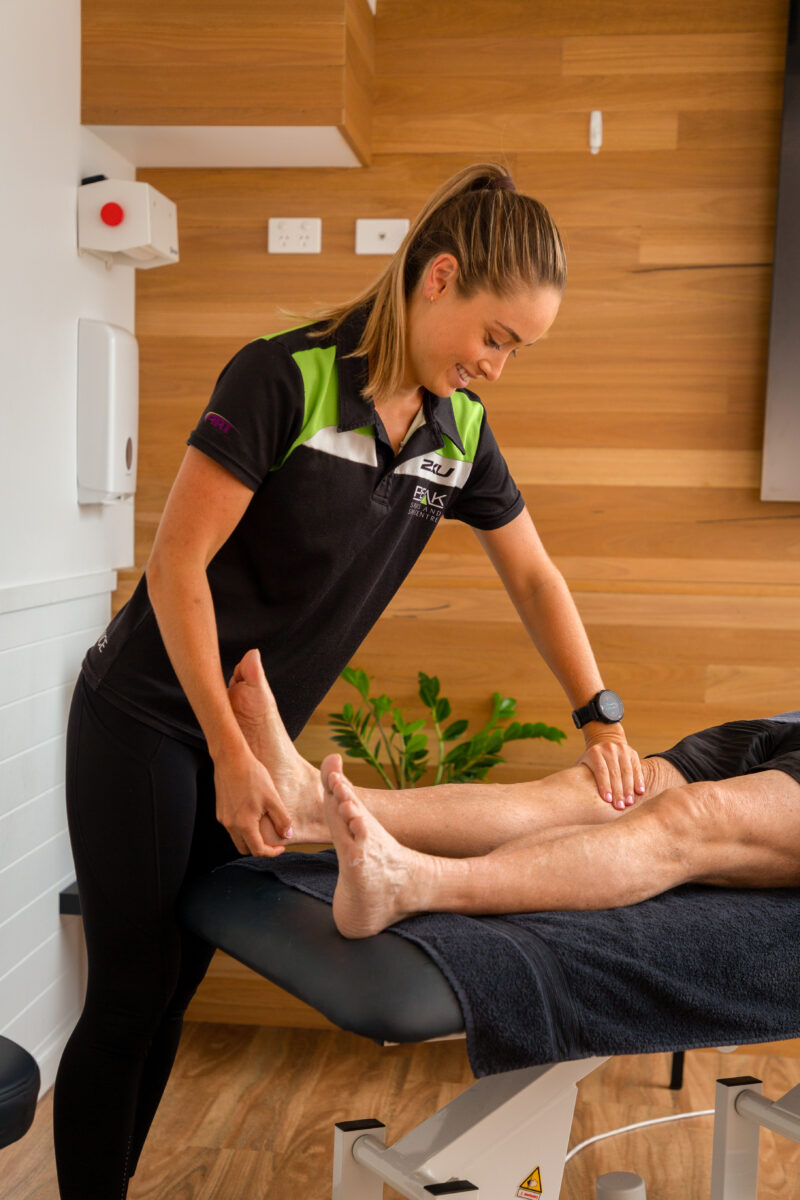
Overview
What Is Plantar Fasciitis?
Plantar Fasciitis is pain in the bottom of the heel caused by inflammation and small tears to the Plantar Fascia, which is a thick band of connective tissue that joins your heel bone to your toes providing support to the arch of your foot.
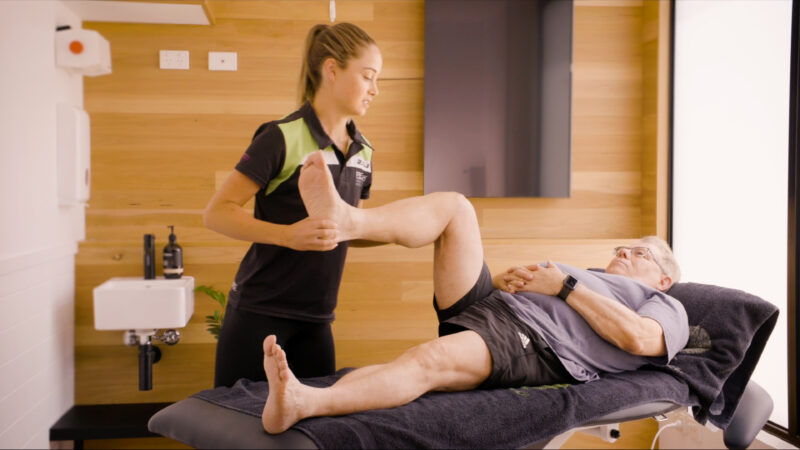
Types Of Heel Pain
Pain in the back of the heel or the surrounding areas is one of the most common injuries to experience in the foot. Given that your heel bone is the largest bone in your foot and is exposed to the majority of your bodyweight every single day, unfortunately, most people will find that it will fail them at some point and cause severe heal pain. In order for your PEAK Podiatrist to provide a diagnosis, it is important to first localise where in the heel is the pain stemming from.
Pain in Back of Heel
One of the common causes of pain in the back of the heel can be due to bursitis. Bursitis can occur in other parts of the body, however occurrences in the back of the heel are often triggered by a change in footwear routine or activity. It can sometimes cause swelling in the area where the Achilles tendon meets the heel bone, and can be successfully treated with anti-inflammatories, deep tissue massage, dry needling, custom orthotics and footwear advice.
Pain in Achilles
Pain to the Achilles tendon is found more commonly in runners or those with a more sudden change in their exercise routine. Characterised by pain with first steps in the morning, as well as during and/or after exercise, it can on some occasions also cause swelling in the back of the heel. Symptoms can present acutely or develop slowly over time, and can persist for long periods of time. It is possible to provide successful treatment for Achilles tendon pain, which can consist of appropriate strengthening exercises, deep tissue massage, dry needling, custom orthotics, and footwear advice.
Heel Bone Pain
Heel bone pain can develop in the form of an acute fracture which is often caused when a person has landed with increased force to their heels for example when jumping from a height. Heel bone pain can also develop in the form of a stress fracture, which is often caused by repetitive impact or stress to the plantar fascia muscle, more commonly seen in marathon runners. Heel bone pain will often be more severe and more persistent than other injuries in the same area. These injuries require more urgent assessment by your PEAK Podiatrist or Physiotherapist to determine the most appropriate treatment option and prognosis.
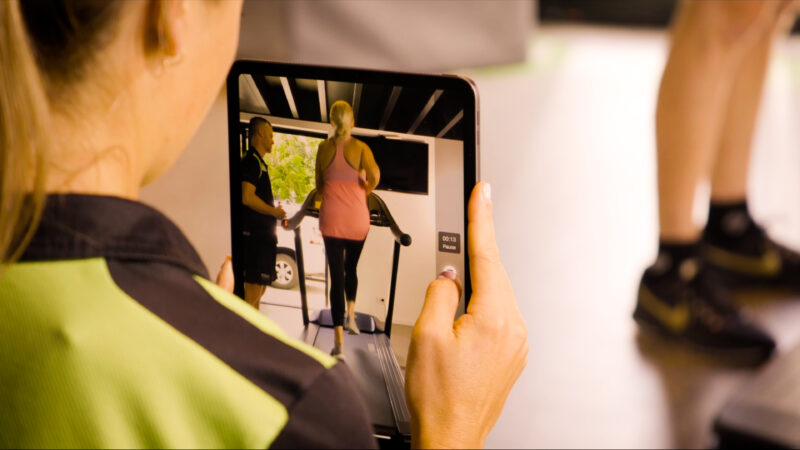
Plantar Fasciitis Symptoms
The most characteristic symptoms of Plantar Fasciitis is heel pain with the first few steps in the morning or after sitting for a long period of time. In mild cases this pain can subside after a few steps, however in more severe cases this heel pain can quickly progress to being more constant throughout the day, worsening as you spend longer periods of time on your feet. Other symptoms of Plantar Fasciitis include:
- Heel pain that develops gradually over time, or suddenly without warning
- Pain can be sharp or dull
- Pain that is directly underneath or to the back of the heel
- Pain that is worse when barefoot or in flat shoes
Plantar Fasciitis Causes
Plantar Fasciitis can be caused by many different reasons which often act together with each other. The cause of your Plantar Fasciitis can be determined during a thorough assessment by your PEAK Podiatrist. Heel Pain commonly occurs from excessive strain on the plantar fascia caused by repetitive movement, or from too much direct pressure underneath the heel.
There are a number of risk factors linked with Plantar Fasciitis including:
- Flat or high arched feet
- Poor foot biomechanics
- Inefficient running technique
- Inappropriate support or cushioning in footwear
- Increase in weight (often during pregnancy)
- Sudden changes to your exercise routine
- Prolonged standing or walking, particularly on hard surfaces
- Weak and tight muscles in the calf and foot
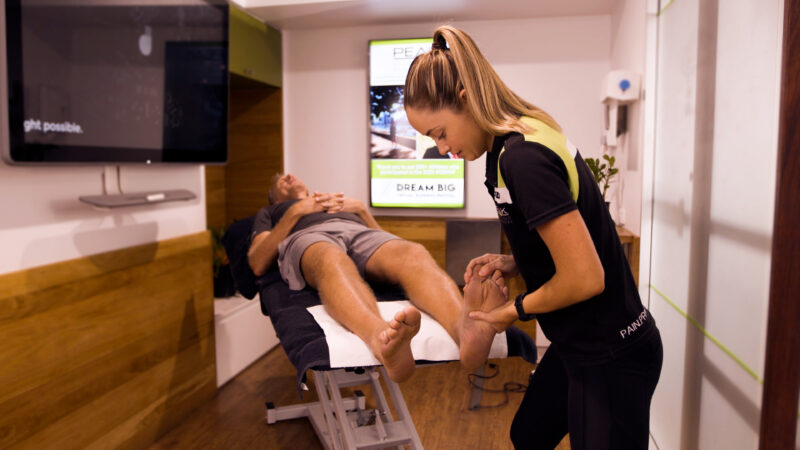
Plantar Fasciitis Assessment
Plantar Fasciitis can be diagnosed clinically by undergoing a thorough assessment of your foot and lower limb biomechanics. This is performed most often by a PEAK Podiatrist however can also be assessed by a one of our experienced Physiotherapists or Chiropractors. On occasions imaging may be required to assist in the diagnosis, which can be referred for by your PEAK Podiatrist.
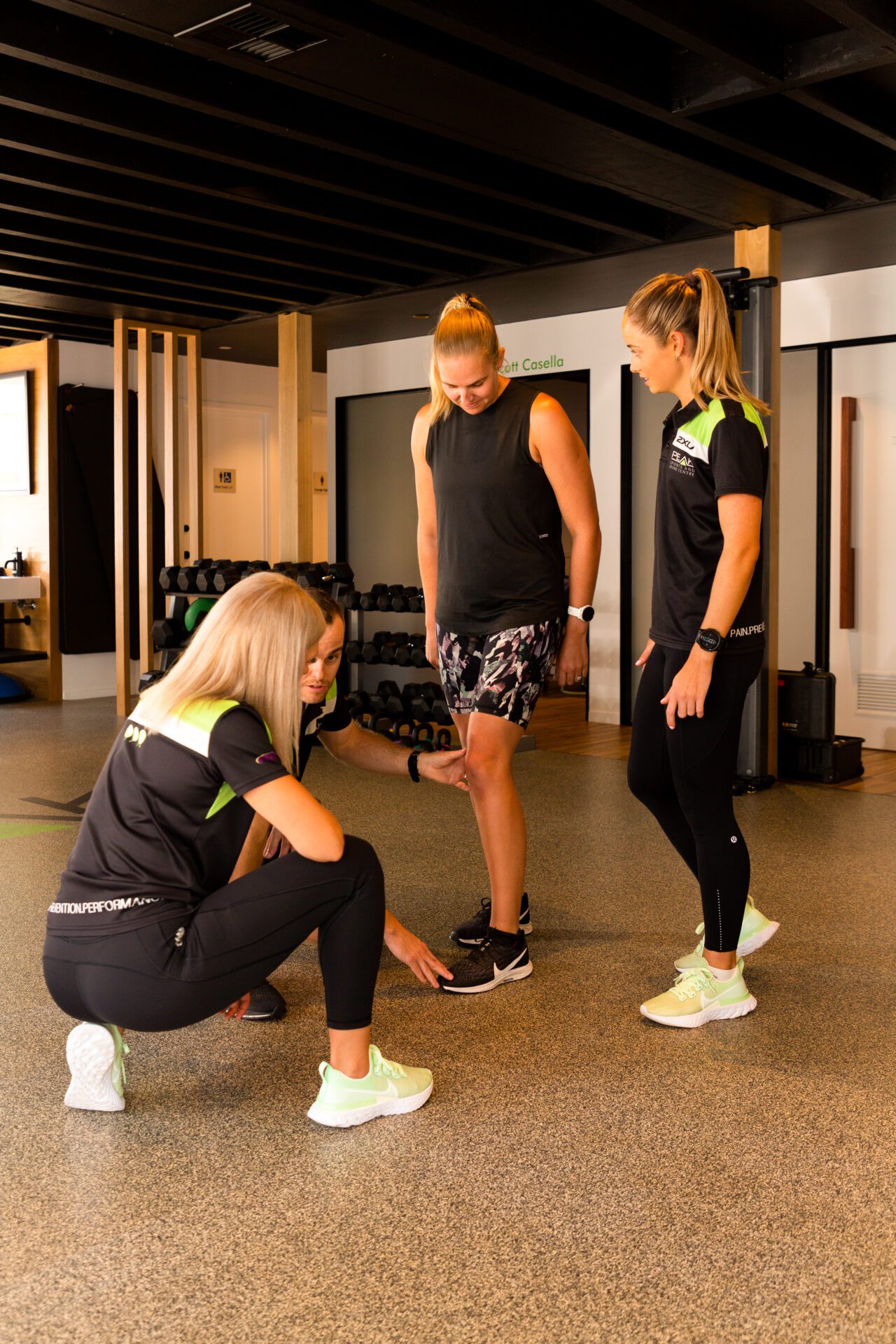
Plantar Fasciitis Treatment
Orthotics For Plantar Fasciitis
A Custom Orthotic can be a very valuable treatment option for Plantar Fasciitis. Custom Orthotics are designed specifically for you and are tailored to your foot type. Orthotics for Plantar Fasciitis work by accurately supporting the arch of the foot and cushioning the heel, allowing the plantar fascia a better opportunity to heal. Custom orthotics provide the most value when they are used with other treatment options such as Plantar Fasciitis exercises.
Massage For Plantar Fasciitis
Plantar Fasciitis can cause the muscle within the arch of the foot, the calf and surrounding areas to become tight and stiff. In severe cases it is common for the pain to cause an altered walking pattern, which can cause other muscle groups throughout the body to also become tight and sore. Massage treatment can provide effective release to these muscles, restoring more appropriate function and relief from pain.
Plantar Fasciitis Exercises
In conjunction with custom orthotics and massage treatment, it is also important to incorporate Plantar Fasciitis Exercises to assist in treatment. Plantar Fasciitis can be associated with weakness to the muscles in the foot and around the ankle, which respond positively to the following exercises:
- Calf raise – either single or double leg
- Trigger ball under the arch of your foot
- Calf stretching
- Arch raises
- Toe scrunches with towel
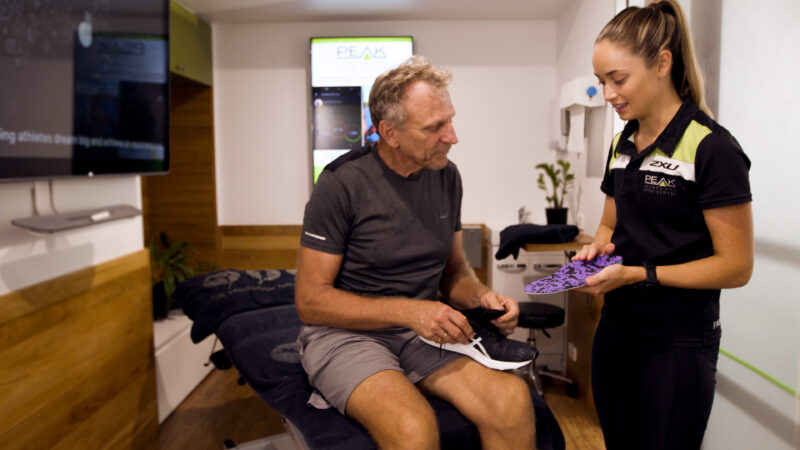
How To Prevent plantar fasciitis
There are many risk factors associated with developing pain in the heel. The key to preventing Plantar Fasciitis is to have your feet checked with a thorough assessment by your PEAK Podiatrist, to understand the possible causes. If you are at risk, there are a number of treatment options available to prevent Plantar Fasciitis from developing, including custom orthotics or undergoing a Running Biomechanics Assessment.

Meet our Plantar Fasciitis Treatment practitioners
FAQs Frequently Asked Questions
The quickest way to heal Plantar Fasciitis is to have your PEAK practitioner perform a thorough assessment as soon as possible after developing symptoms. This will help determine whether the best treatment option is Custom orthotics, Plantar Fasciitis exercises, Dry needling, footwear changes, or improving your running technique.
It is possible to continue to run with plantar fasciitis however this will depend on the severity. Often the pain will occur first thing in the morning after you have run, or once you have cooled down. Continuing to run without a thorough assessment and treatment plan by your PEAK Podiatrist puts you at risk of making the injury worse. A Running Biomechanics Assessment provides your PEAK Podiatrist with the most valuable information to understand whether it is safe for you to continue running or not.
Just like most muscles, the Plantar Fascia will often feel better with movement rather than complete rest. However this will depend on the severity of the injury. In more severe cases prolonged periods of rest may be required. The most effective way to understand how long you need to rest is to have your PEAK Podiatrist complete an assessment of your injury.
Walking and general movement can be helpful on occasions to assist the foot and ankle muscles to stretch. However this will depend on the severity of the pain. In severe cases the best option may be to rest from walking until pain levels have reduced enough to perform this activity safely. A thorough biomechanics assessment with your PEAK Podiatrist will provide the most valuable information to understand whether it is safe for you to continue walking or not.
Our locations
Hawthorne
PEAK Hawthorne opened in 2012 and was extended and renovated in 2020. You see the same team whether we see you at Hawthorne or one of our other clinics. Hawthorne offers private treatment rooms and a spacious exercise area incorporating the latest equipment and technology, unrestricted single level access and off-street parking. We also provide HICAPS for real-time private health claiming.
Our locations
New Farm
PEAK New Farm opened in August 2019. You see the same team whether we see you at New Farm or one of our other clinics. New Farm offers private treatment rooms and a spacious exercise area incorporating the latest equipment and technology, unrestricted single level access and off-street parking. We also provide HICAPS for real-time private health claiming.
Let's get started — How can we help?
Physiotherapy

Chiropractic
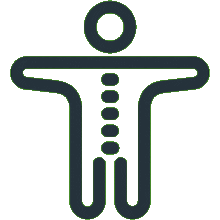
Podiatry
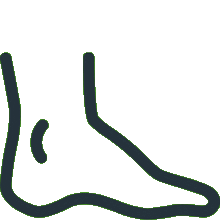
Massage Therapy

Women's Health Physiotherapy

Running Program Tailored To Your Goals

Joint Mobilisation

Active Release Technique

Exercise Prescription
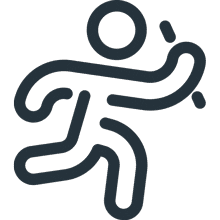
Real Time Ultrasound Imaging

Spinal Manipulation

Functional Movement Screen

Knee Pain Treatment

Hamstring Strain Treatment
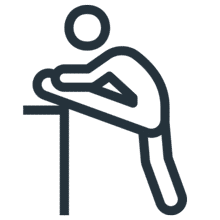
Hip Pain Treatment

Upper, Middle & Lower Back Pain

Neck Pain Treatment

Shoulder Pain & Rotator Cuff Tear

Can't find what you're after?
View all ServicesOr email the PEAK team at info@peakssc.com.au
Hawthorne
- Phone: (07) 3399 3318
- Fax: (07) 3319 6577
Address
5/171 Riding Road,Hawthorne, QLD, 4171 Get Directions
Opening Hours -
6 days per week
- Monday - Friday: 7:00 am - 8:00 pm
- Saturday: 7:00 am - 1:00 pm
To make a booking outside of business hours, please use our form by clicking here.
New Farm
- Phone: (07) 3399 4668
- Fax: (07) 3319 6577
Address
1/15 Lamington Street,New Farm, QLD, 4005 Get Directions
Opening Hours -
6 days per week
- Monday: 7:00 am - 8:00 pm
- Tuesday: 7:00 am - 8:00 pm
- Wednesday: 9:00 am - 8:00 pm
- Thursday: 10:00 am - 8:00 pm
- Friday: 7:00 am - 3:00 pm
- Saturday: 7:00 am - 3:00 pm
To make a booking outside of business hours, please use our form by clicking here.
